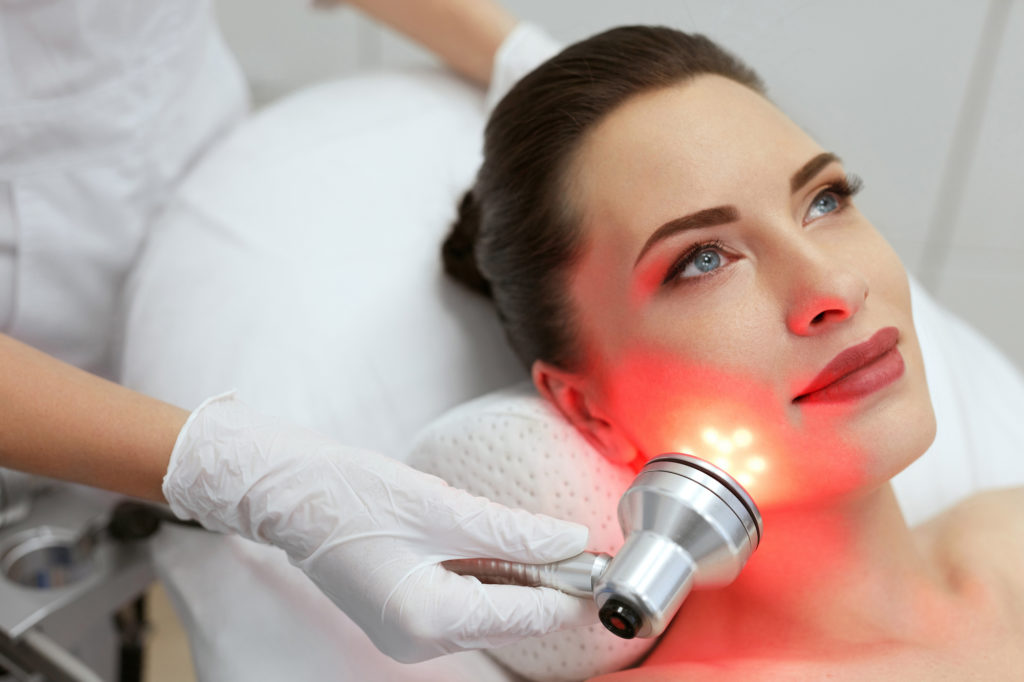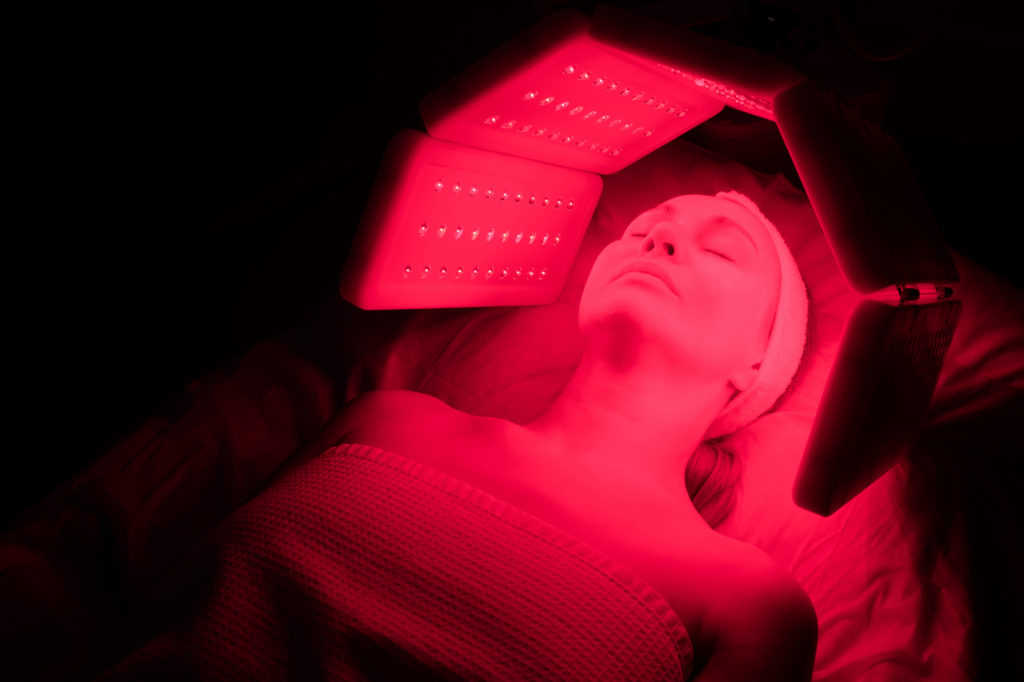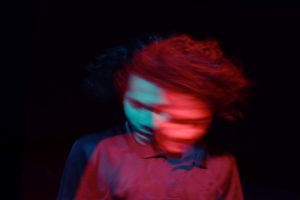
Red light therapy is a unique and increasingly popular treatment in the medical field. Utilizing low-level red light, this non-invasive technique uses specific wavelengths to stimulate cellular processes and improve function.
It shows promise as an effective modality in addressing various health conditions. Here’s a detailed look at its applications for various conditions, starting with its role in treating herpes.
Herpes
Herpes Simplex Virus 1 (HSV-1) is a common virus that often manifests as cold sores on or around the mouth. Current treatment protocols often rely on antiviral medications to manage symptoms. However, recent research suggests that red light therapy may offer an alternative approach.
Red light therapy is believed to boost immunity to HSV-1, enhancing the body’s ability to counteract the virus. It does this by stimulating cellular activity, which, in turn, accelerates the body’s innate healing processes. This immune response limits the impact of the virus. and can potentially reduce the frequency of HSV-1 flare-ups.
Joint Pain
Joint pain, particularly from arthritis, affects a substantial portion of the population. The search for non-pharmacological treatments is constant, and red light therapy might provide a viable solution. It works by reducing inflammation and increasing circulation, potentially providing relief for painful and stiff joints.
Studies suggest that red light therapy assists in managing joint pain by enhancing cellular function. With more efficient cellular activity, the body can better manage inflammation, contributing to reduced joint discomfort. The therapy, therefore, becomes a beacon of hope for those seeking relief from joint pain without relying solely on medication.
Hair Loss
Hair loss, which can significantly impact self-esteem and overall well-being, is another health condition. Causes of hair loss include genetic predispositions, hormonal changes, and certain health conditions. Traditional treatments often involve medications, hair transplants, or laser therapy.
Red light therapy, however, has shown promise in this field. It is believed to stimulate hair follicles, thereby promoting hair growth. This therapy does not merely cover up the problem; instead, it potentially addresses the root cause by improving cellular function and health.
Skin Health
Skin conditions, ranging from acne to psoriasis, pose significant challenges for many individuals. These conditions are traditionally treated with medication, lifestyle changes, and other therapeutic interventions.
Enter red light therapy, a potential game-changer in skin health management. The anti-inflammatory properties of red light therapy can diminish skin inflammation, reduce scarring, and promote a smoother skin texture.
The strength of this approach lies not only in anecdotal evidence but also in the clinical research supporting it. Numerous case studies and clinical trials have validated the effectiveness of red light therapy, making it a promising option for those wrestling with chronic skin conditions.
Muscle Recovery
Regarding muscle damage and recovery, red light therapy might be a beneficial adjunct to traditional treatments. Muscle damage often results from intense physical activity, leading to soreness and a longer recovery time. Usually, rest, hydration, and proper nutrition are recommended for muscle recovery.
However, research indicates that red light therapy may enhance the recovery process by stimulating the production of ATP, which provides energy for cellular functions. This energy boost can help accelerate muscle repair and recovery, getting you back to your regular activities faster than expected.
Wound Healing
Wound healing is a complex process that various factors can hinder, including poor circulation and chronic diseases. Traditional treatments typically involve wound cleaning, antibiotic application, and in some cases, surgery.
Yet, red light therapy could be a beneficial addition to wound care. Its ability to stimulate cellular activity and enhance circulation can expedite healing. Research studies support this claim, showing that wounds treated with red light therapy often heal faster and more effectively than those without this treatment.

Depression
Lastly, let’s explore the role of red light therapy in managing depression, a pervasive mental health disorder. Traditional treatments for depression usually involve psychotherapy, medication, or a combination of both.
However, emerging research suggests that red light therapy could be an effective adjunctive treatment. By stimulating cellular activity in the brain, it’s hypothesized that this therapy could alleviate some symptoms of depression. Research on this is ongoing, but initial results are promising.
Insomnia
Insomnia, a prevalent sleep disorder, is typically characterized by difficulty falling or staying asleep. Traditional treatment approaches for insomnia include cognitive behavioral therapy, lifestyle changes, and medications. However, these methods don’t always provide relief, prompting the search for alternative treatments.
Red light therapy is emerging as a potential therapeutic option for insomnia. By exposing the body to low-level red wavelengths, this therapy may help regulate sleep patterns. Light exposure can stimulate melatonin production, a hormone responsible for regulating the sleep-wake cycle, leading to improved sleep quality and duration.
Conclusion
Red light therapy represents a significant advancement in non-invasive medical treatments. Its ability to stimulate cellular activity allows it to address various conditions, from skin disorders to depression.
Though research is ongoing, current findings underscore its potential in health and wellness. As understanding and application of this therapy continue to grow, it may become a mainstay in our repertoire of holistic health interventions.





